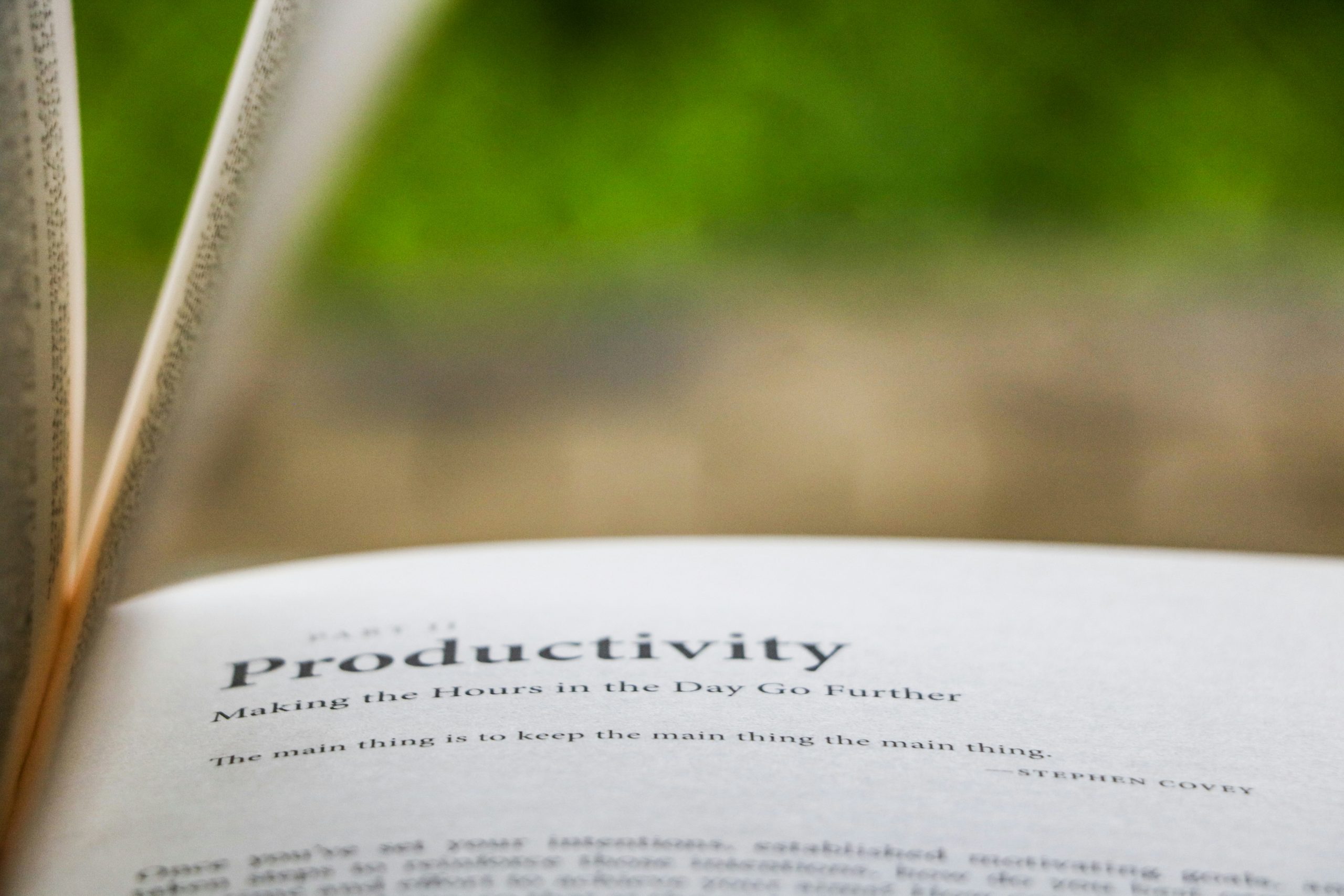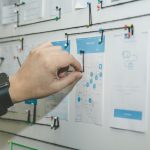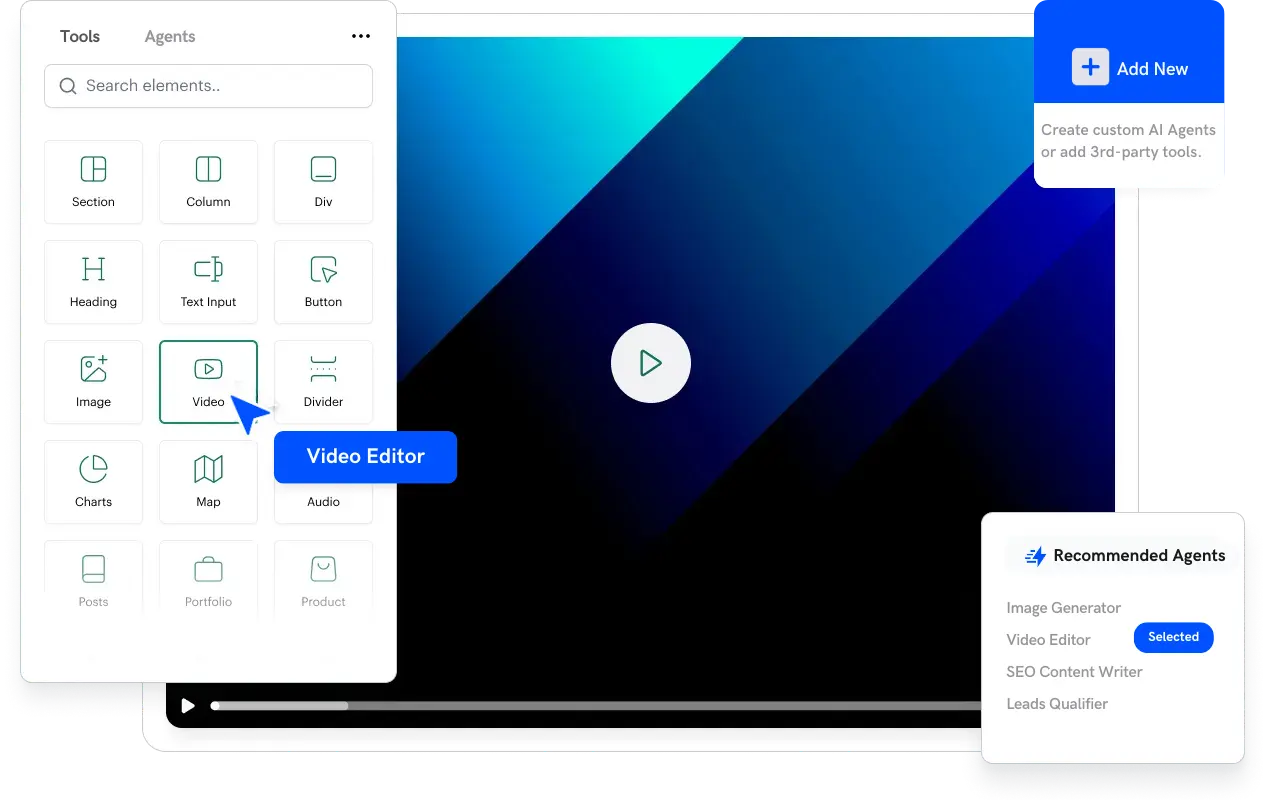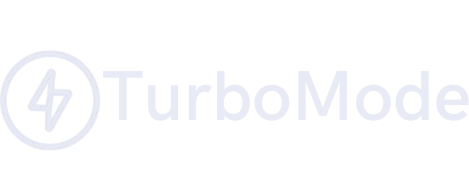Measuring productivity has long been a challenge for businesses striving to optimize performance. Traditional metrics often focus solely on output, ignoring qualitative aspects like employee engagement or process efficiency. Recent research, including findings published in Harvard Business Review, shows that AI-driven analytics can offer a comprehensive view of productivity, capturing both quantitative and qualitative elements. This article delves into the science of productivity and explains how AI is transforming the measurement and improvement of output.
Comprehensive Data Collection for Accurate Measurement
Modern organizations generate vast amounts of data from a multitude of sources—time-tracking software, project management tools, customer feedback, and more. AI systems aggregate these diverse data points to build a detailed picture of workplace performance. For example, while traditional methods might simply count tasks completed, AI can analyze the time spent on each task, the quality of the output, and even employee satisfaction levels. This multi-dimensional approach offers a more accurate and nuanced measure of productivity.
Continuous Monitoring and Real-Time Analytics
One of the most significant advantages of AI is its ability to provide continuous monitoring. Rather than relying on periodic reviews, AI systems offer real-time insights that capture even minor shifts in productivity. Advanced dashboards display live data on key performance indicators (KPIs) such as task completion rates, error frequencies, and employee workload. A study by McKinsey & Company noted that businesses using real-time analytics reported up to a 25% increase in operational efficiency.
Predictive Analytics for Proactive Improvements
Beyond real-time monitoring, AI excels at predictive analytics. By analyzing historical performance data alongside current trends, AI can forecast future productivity challenges and opportunities. For example, if data trends suggest an impending slowdown due to seasonal fluctuations or process inefficiencies, managers can intervene early—adjusting staffing levels or automating repetitive tasks—to prevent dips in output. Predictive models not only improve immediate performance but also help in long-term strategic planning.
Personalization of Productivity Metrics
Every organization is unique, and a one-size-fits-all approach to productivity measurement rarely works. AI allows for the customization of dashboards and metrics to fit specific organizational needs. For example, a creative agency might place greater emphasis on project innovation and client satisfaction, whereas a manufacturing firm might focus on cycle times and defect rates. Customizable AI tools ensure that each business can track the metrics most relevant to its success.
TurboMode AI Spotlight
TurboMode AI takes productivity measurement to the next level by not just tracking tasks, but by extracting actionable items from every conversation. This platform seamlessly breaks down complex discussions into discrete, manageable tasks executed by AI agents.
“We’re shifting the game from managing work to getting work done.”
Discover how TurboMode AI can revolutionize your productivity processes—book a demo today.
Actionable Insights and Continuous Improvement
The true power of AI in productivity lies in its ability to offer actionable insights. Instead of merely presenting raw data, AI analytics platforms suggest specific changes to workflows. For instance, if the data indicates that employees are spending too much time on administrative tasks, the system might recommend automating those tasks using AI tools. Over time, these recommendations form a continuous feedback loop that drives iterative improvements, fostering a culture of excellence and continuous learning.
Research and Case Studies
Consider a study by Deloitte which found that companies implementing AI-driven productivity tools experienced an average output increase of 20% within the first year. In another example, a global logistics company used AI to optimize its route planning and saw fuel consumption drop by 15%, leading to significant cost savings and improved delivery times. These real-world examples underscore the transformative impact of AI on productivity measurement and improvement.
Implementing AI-Driven Productivity Systems
For organizations looking to adopt AI in measuring and improving productivity, the following steps are recommended:
- Enhance Data Infrastructure:
Ensure that your organization’s data is accurate, comprehensive, and well-integrated. - Pilot and Scale:
Start with a pilot program in one department, refine your approach, and then scale the solution across the organization. - Employee Training:
Provide training for staff and management to effectively use the new systems and interpret the data insights. - Regular Review:
Continuously monitor performance and adjust the AI models as necessary to keep pace with changes in the business environment.
Conclusion
The science of productivity is being redefined by AI through advanced data collection, continuous monitoring, and predictive analytics. By capturing a holistic view of performance, AI-driven systems empower organizations to make informed decisions that drive sustained improvements. Integrating platforms like TurboMode AI further enhances productivity by converting everyday conversations into actionable tasks. Embrace these innovative tools to optimize your output and secure a competitive advantage in today’s dynamic business landscape.






